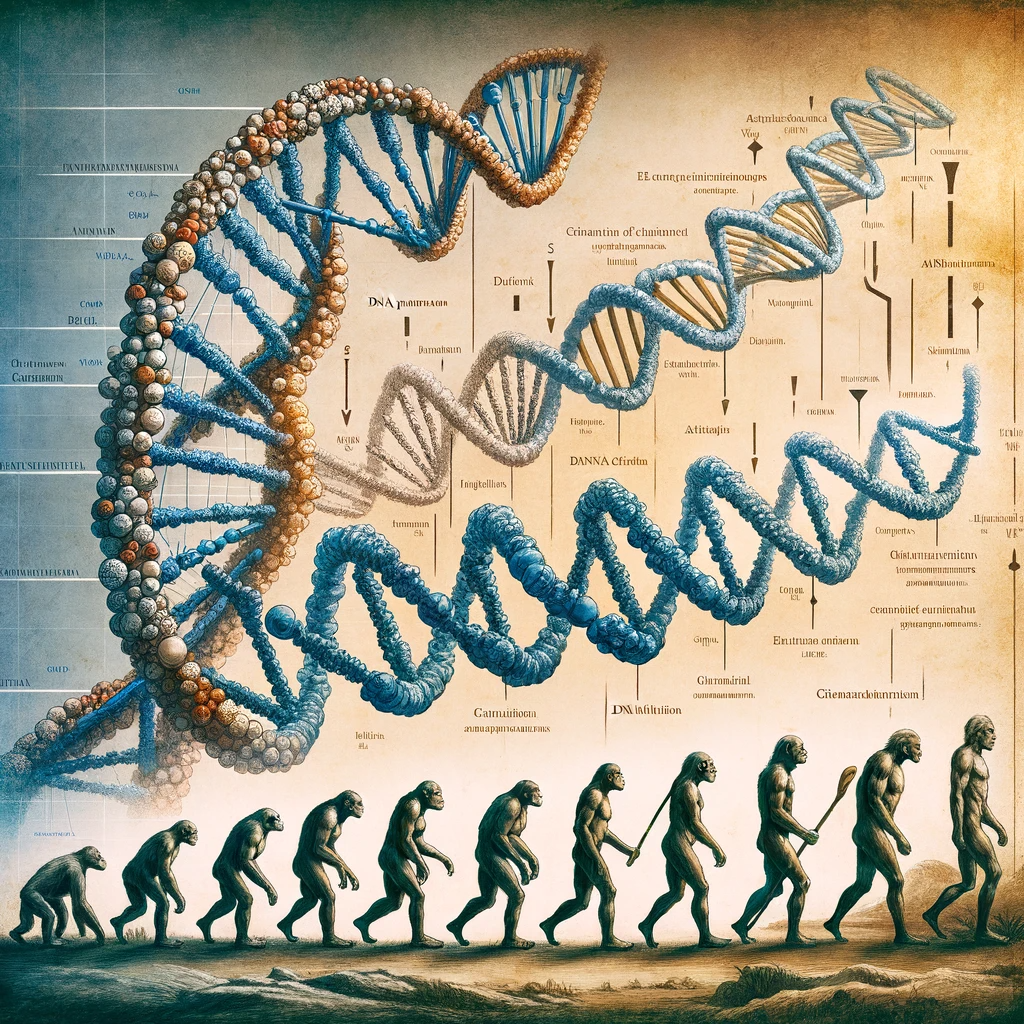Ancient DNA Human History: Rewriting the Human Story
For centuries, the story of humanity has been pieced together from bones, tools, and scattered archaeological traces. But in recent decades, a new kind of evidence has emerged—ancient DNA human history research. By extracting and sequencing genetic material from ancient remains, scientists have unlocked secrets that were buried for tens of thousands of years. These discoveries are transforming our understanding of where we come from, who our ancestors were, and how complex and unexpected our journey truly is.
The Genetic Revolution in Archaeology
The ability to recover ancient DNA was once thought impossible. Yet breakthroughs in sequencing technology and contamination control have allowed researchers to pull intact genetic material from bones and teeth tens of thousands of years old. This has led to revelations that challenge long-held beliefs about ancient DNA human history.
For example, the sequencing of Neanderthal DNA in the early 2000s revealed that all non-African modern humans carry between 1–2% Neanderthal DNA. Similarly, DNA from Denisova Cave in Siberia uncovered a mysterious population—the Denisovans—who also interbred with our ancestors. Their genetic legacy still survives in modern populations, particularly among Indigenous groups in Oceania and parts of Asia.
Unexpected Journeys and Interwoven Lineages
Ancient DNA has illuminated previously unknown migrations. Genetic studies have revealed multiple waves of human dispersal out of Africa, challenging the once straightforward “single migration” model. Some groups appear to have left Africa far earlier than previously believed, while others followed complex inland and coastal routes.
These genetic findings are central to understanding ancient DNA human history. For example, the discovery of ancient footprints at White Sands, New Mexico—dated to at least 21,000–23,000 years ago—suggests that humans were present in the Americas much earlier than the traditionally accepted “Clovis-first” model proposed. DNA evidence complements these archaeological clues, pointing to earlier, more complex peopling events of the continents.
Clues to Lost Populations
One of the most remarkable aspects of ancient DNA research is its ability to reveal populations that left no known archaeological record. “Ghost populations” identified only through genetic signals have been detected in Africa, Asia, and the Americas. These groups no longer exist as distinct cultures, but their DNA lingers in the genomes of modern people—a genetic echo of forgotten migrations and societies.
This is particularly important when considering the Denisovans, whose physical remains are scant but whose genetic legacy is extensive. Such findings remind us how many chapters of ancient DNA human history remain to be uncovered.
Rewriting Timelines, Raising New Questions
Every discovery pushes the timeline of human presence—and human sophistication—further back. Ancient DNA is forcing researchers to reconsider narratives of linear progression. Instead, the story looks more like a braided stream: different populations mixing, diverging, and reconnecting over vast spans of time.
But the picture remains incomplete. Could there be entire civilizations lost to cataclysms, like those around the Younger Dryas period? How many cultures rose and fell long before recorded history, leaving only genetic traces behind? As techniques improve, future discoveries will undoubtedly reshape what we think we know.
Ancient DNA Challenges Linear History
Traditional historical narratives often imply a steady march of progress — from “primitive” ancestors to “advanced” modern societies. But ancient DNA tells a different story: one of multiple migrations, lost branches, and interwoven lineages. It raises intriguing questions:
-
How many early migrations have disappeared from the archaeological record?
-
How many cultures flourished and vanished without leaving monumental structures?
-
What genetic traces might still lie hidden in unexplored regions?
The picture that emerges is one of deep time, where humanity’s journey was shaped by climate shifts, migrations, interbreeding, and perhaps catastrophic interruptions like the Younger Dryas.
A Story Still Unfolding
Each year, new genetic studies push back dates, redraw maps, and reveal forgotten chapters. For example, the discovery of human footprints at White Sands, New Mexico, dating to around 21,000–23,000 years ago, forced a reassessment of the timeline for human presence in the Americas. Ancient DNA will likely continue to challenge what we thought we knew about our origins.
Additional reading






